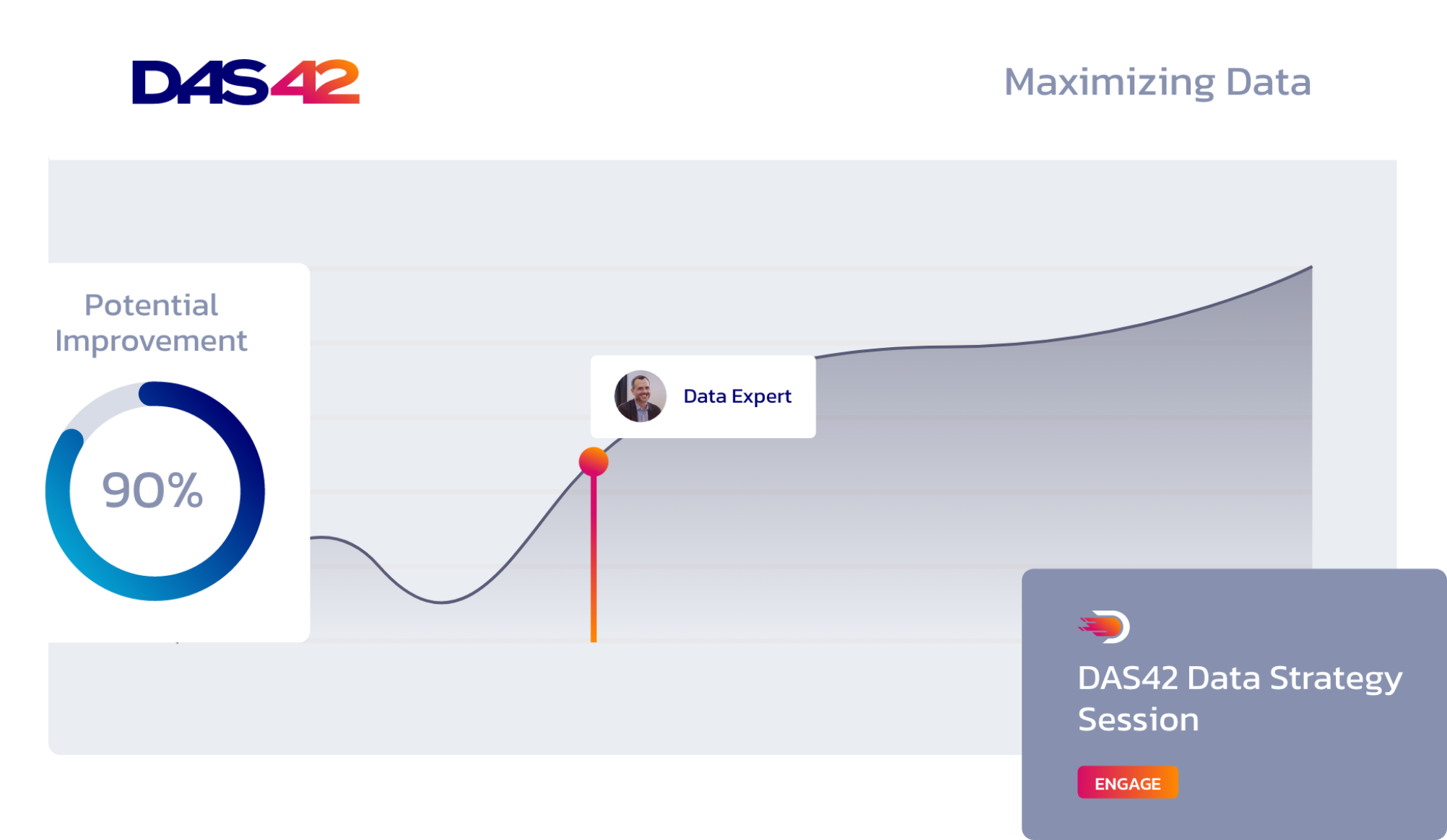In a competitive climate, companies depend on retaining clear and ready access to the calculations driving their business decisions.
You need the ability to quickly respond to insights. Data pipelines provide a crucial means to ensure ready access to your information and navigate peaks in demand.
Data pipelines manage the processes connecting your data sources and analytical tools. They allow your team to code a series of tasks in order to extract, transform, and load your business data on a regular schedule. But given the complexity of your data needs, your data pipelines can grow difficult to manage.
Depending on the size of your organization, you may need thousands of data pipelines incorporating hundreds of parallel tasks. Hand-coding the data pipelines your organization requires will quickly overwhelm any data engineering team.
However, by taking advantage of the capabilities of Airflow, you can describe and manage the tasks that make up your data pipelines with a clear user interface. And, by taking advantage of the right framework, you can automatically generate the complex processes you need. Instead of being mired in creating data pipelines, your teams can remain functioning at a higher level.
How Airflow manages the details and dags behind your data pipeline
Data pipelines are built from a string of tasks in sequence. In order for one task to be completed, each successive task leading up to it must first be executed.
For example, imagine you’ve programmed one task to extract data from a server, which is followed by a task that stores it in your cloud environment. The next task moves the data to your warehouse program, where it’s finally transformed with its final task, an SQL query.
Taken together, these tasks produce a given result making up a directed acyclic graph (DAG). Each DAG describes a workflow that forms a data pipeline. In computer science terms, a DAG’s processes only travel one direction. As a result, they can’t circle back on themselves and repeat any tasks, which is what forms each data pipeline.
First developed by Airbnb, Airflow is an open source program that allows you to manage and schedule common data analytics tasks. Instead of needing to write duplicate code for every interaction between your SFTP site and a storage service like an Amazon S3, Airflow provides custom operators to connect your external systems.
With tools maintained by the open source community, Airflow streamlines your ability to create and manage data pipelines. Plus, Airflow provides a centralized UI that allows your data teams to visualize the status of your DAGs. With clear visualizations, your team can triage and diagnose issues behind any failed tasks.
If a process fails due to a network failure, Airflow allows you to either rerun the process or schedule automatic retries in the event of an outage. Consequently, your data teams can prioritize any errors and resolve them that much quicker. But Airflow’s ability to simplify your data pipelines can go even further.
Using DAS42’s framework extends the reach of Airflow
To create a data pipeline, your data engineers still need to write Python code that describes a series of tasks and how they relate to one another to form a DAG. Airflow offers greater flexibility and efficiency in managing those pipelines, but your team still has to create them first.
Realistically, if you’re implementing a modernization project at a large, enterprise-level organization, your data could require thousands of pipelines. Each pipeline could incorporate hundreds of tasks that require detailed Python files to describe. Even if your pipelines are very similar, your team faces a long, tedious road of coding.
At DAS42, we’ve created an abstraction layer on top of Airflow that allows you to automatically generate the DAGs your system needs. Rather than writing thousands of Python files, you can write a set of configuration files outlining the details of your data stack. Then our framework will automatically generate the thousands of DAGs data pipelines.
Consequently, your team no longer has to learn the ins and outs of Airflow, which requires its own programming expertise. Our framework allows you to separate the details of your data transformations from Airflow in a way more of your data team will understand.
Deploy data pipelines faster by closing the language gap
With best practices honed over many Airflow implementations, we’ve essentially democratized the data pipeline process by eliminating language barriers. Instead of using Python, our framework allows your team to configure data pipelines in YAML files.
Designed to be a readable markup language, YAML allows your team to describe your system’s data in straightforward terms. Once you’ve supplied the metadata for a given data pipeline in a YAML file, the framework then programmatically creates a DAG that can be used as a data pipeline in Airflow.
Depending on the size of your organization, your data team could have varying specialties. Your data engineers may know Python and other programming languages. But when you approach a business analyst about transforming one of their daily SQL queries into an Airfow DAG, they’ll be at a loss.
With DAS42’s framework in place, your analysts can write their SQL queries and create a YAML file that’s associated with each. The framework will then use Python code to convert the SQL query into a DAG automatically.
In the end, your analyst teams are empowered to create scheduled reports for Airflow without needing to consult your data engineers. As a result, your analysts are freed from generating repetitive queries with the assurance that the data pipeline will remain robust and secure.
Our Airflow best practices streamline maintenance and data quality
An effective Airflow framework also provides benefits if your organization uses multiple environments. Whether you use different resources to support your development, QA, or production environments, our framework places all these details into a YAML file.
With thousands of different DAGs pulling data from multiple systems, any changes to your data sources need to be manually updated. Instead, our framework ensures all of your DAGs gather their information from a YAML file. Whenever you need to make changes to your configuration, you only need to make one update.
Airflow’s capabilities introduce new possibilities for your analysts to generate scheduled reports that incorporate fresh, trustworthy data. But setting up a data pipeline requires some digging to ensure your connections are in place. If our framework sounds like a process that can help your business, we should talk.
Services provided









